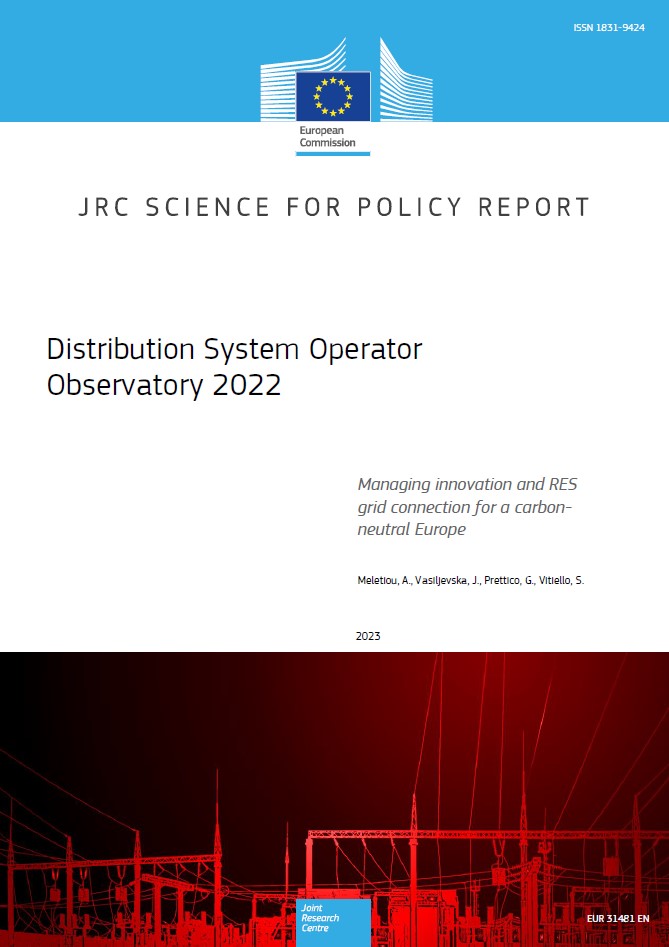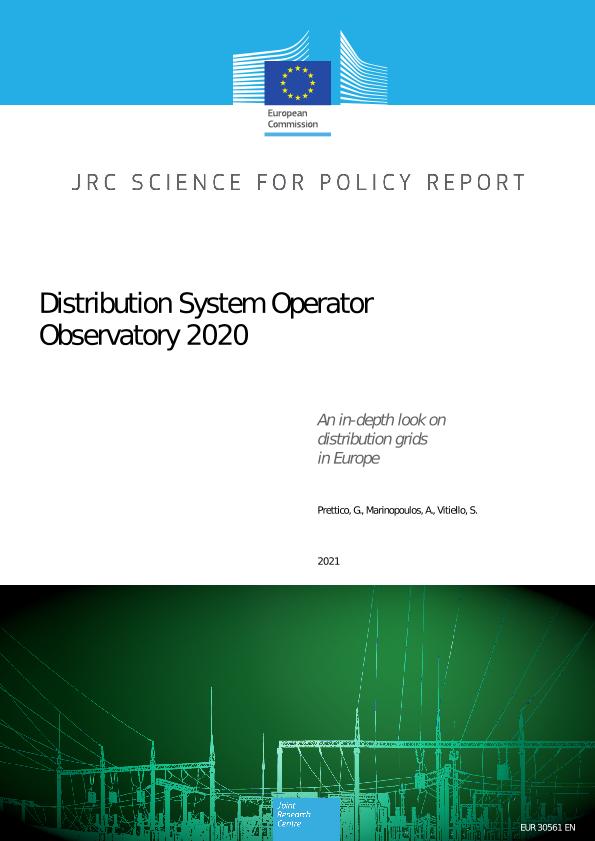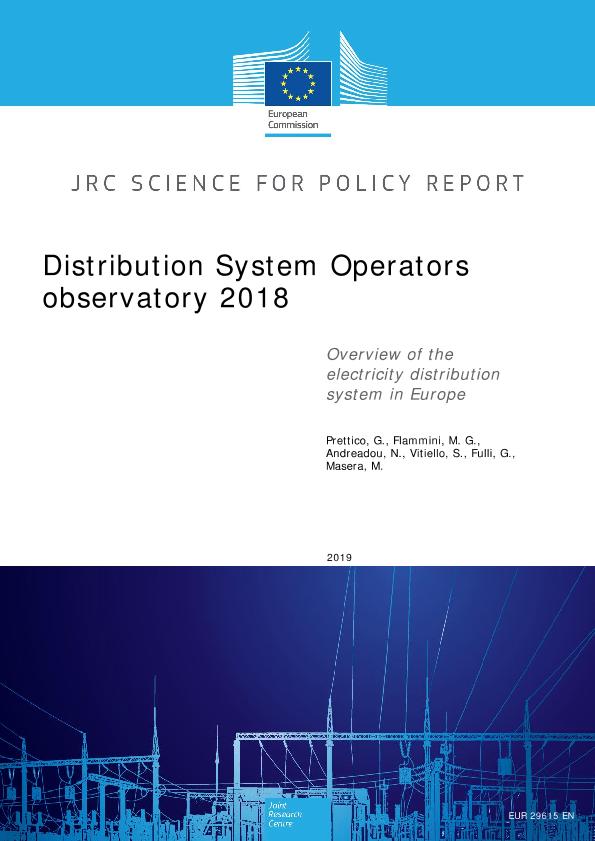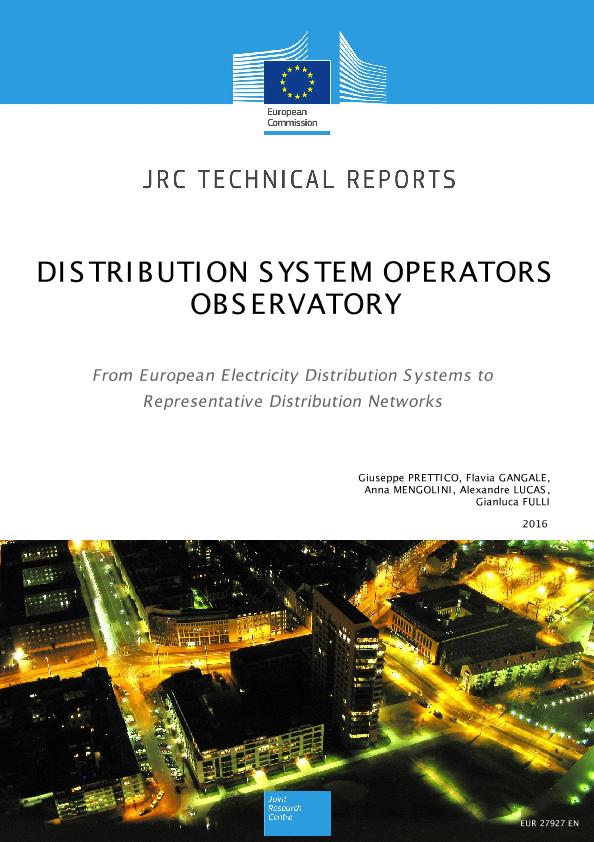Background and context
The European energy system is facing unprecedented challenges and the electric power distribution sector is therefore required to move ahead fast with the evolving situation. The urgent request to deploy more and more renewable energy sources at an extraordinary pace to substitute imported hydrocarbons puts pressure on grid operations, while innovative business models and services, like citizen energy communities, and provision of flexibility, increasingly dominate the distribution system operators' investment plans.
Both innovative and traditional services provision - like grid connection - are put under strain by a tense economic situation for DSO’s customers, European consumers and businesses alike. In such fast-evolving situations, regulation cannot focus solely on cost-efficient use of existing infrastructure and investment in grid replacement and reinforcement. To this end, regulatory experimentation has emerged in several EU countries as a novel approach to enable innovation in the energy sector, while protecting consumers and ensuring a fair energy transition for all Europeans.
Our role and products
Over the years, we continued collecting, processing and analysing data on the changing European power sector. Up to 2016, little information was systemically available on the European Distribution System Operators (DSOs) and the networks they operate. This was also due to the vast number and heterogeneity of the distribution systems in Europe - in some Member States there is only one DSO, while in others tens or hundreds of them operate their networks on a regional or even municipal basis - and some constraints in sharing data on assets of commercial value.
We issued fourth subsequent reports over the years, representing one of the most comprehensive data collection exercises on European distribution systems. Building on the data collated, we also created Representative Network Models, i.e. realistic distribution networks useful for simulation activities.
Representative Network Models
Building on the data collated in the DSO Observatory, we created Representative Network Models, i.e. realistic distribution networks useful for simulation activities. This quasi-real distribution network models can be used to perform meaningful simulations even without having access to the actual network data.
To download the Representative Network Models, please follow the next steps:
- Connect to the Circabc webpage with your EU login account:
- Ask to join the group: JRC Distribution Reference Network Models
- Wait for the confirmation e-mail
- Download the zip folder with the representative networks
Main publications

Distribution System Operator Observatory 2022
The 2022 DSO Observatory provides a nuanced picture of the situation some of the biggest DSOs in Europe face and highlights the area that might deserve attention at policy level, so that critical aspects are tackled in time to deliver the sought-after energy transition. For instance, regulation for distribution networks needs to be fit for purpose. In other words, regulation cannot be based only on cost-efficiency, but rather promote and facilitate the development of innovative network solutions in light of unprecedented growing rate of renewable energy sources and electrification of other end-use sectors, namely transport and heating. One example in this context is the possibility of DSOs to effectively procure flexibility services from different type of network users, including the ones connected to the LV networks. Also, regulation should allow the best results from regulatory experimentations (regulatory sandboxes, citizen energy communities, etc.) to be replicated at larger scale, while at the same time keep the window open for new experimentations.

Distribution System Operator Observatory 2020
The decarbonisation of our economies and the consequent process towards a more sustainable society are at the core of the set environmental policies. Distribution System Operators (DSOs) as responsible of delivering electricity from High Voltage level to final customers are among the top players in the paved transition. As part of the Clean Energy for All Europeans legislative package, the DSOs have an important role in the European energy market as neutral market facilitators, but also as innovators driving the transition of the energy system towards a more sustainable future. At the same time big differences exist between DSOs operating in different Member States. This report helps shedding some light on them through an extensive data collection. It shows technical data on grid infrastructure, but also analyses the potential of the interviewed DSOs to innovate and to operate their grid more efficiently. Additionally some regulatory aspects and the impact of the Covid-19 pandemic are discussed. Finally, some policy recommendations are given on the basis of the analysis carried out: a key point is to define a common methodology to gather data on distribution systems across Europe, both on technical and regulatory aspects.

Distribution System Operators Observatory 2018
The distribution system is a key part of the electricity chain. It links bulk production with end consumers. Recently, radical changes have taken place in every segment of the power industry. These are calling for a changing role of the Distribution System Operators (DSOs) in Europe. This report provides a clear picture of the features of distribution grids in Europe, on the way they are operated and how far DSOs are from the paved provisions proposed in the recent Electricity Directive of the European Commission.

Distribution System Operators Observatory 2016
This report presents focused on European distribution system operators and their distribution networks. The aim of the report is to contribute to a better understanding of the challenges that the transition to a new energy system is posing to European distribution system operators and to elaborate sound solutions to address them.
Based upon this inventory, detailed reference network models (RNM) are developed to analyse the impact of distributed energy resources (DER) penetration and network automation on the technical performance of the distribution networks and to make available to the wider scientific community instruments to perform realistic simulations and analyses.
